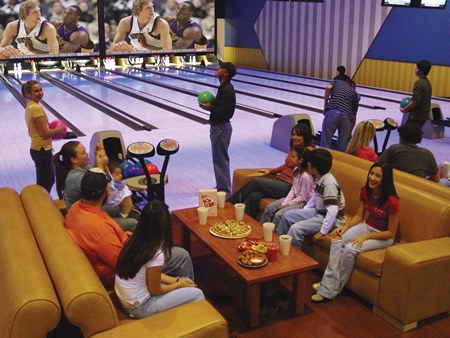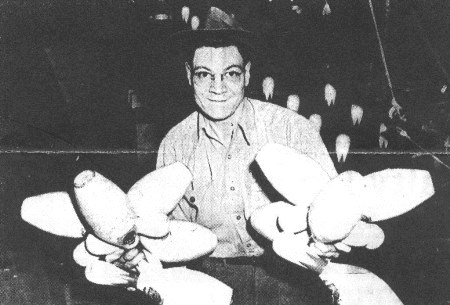Bowling's Evolution
Bowling's Evolution
Since the 1950s, the sport of bowling has evolved from pinboys and hand scoring to high-performance bowling balls and state-of-the-art bowling facilities.
A look at some of the advancements the sport has seen in that time.
Bowling Balls

Back in the day, the variety of bowling balls was similar to that of Henry Ford’s Model T. You can get any color, as long as it’s black. Polyester balls were the only choice. As the technology slowly began to develop, more and more options became available. Balls with plastic coverstocks started to become popular, followed by urethane in the 1980s. In the 1990s, reactive resin became the rage, and still reign supreme in the sport today. Other coverstock materials have surfaced since then, including particle and epoxy, but they haven’t withstood the test of time in the same way.
Automatic Scoring
Although it seems to be a given today, automatic scoring wasn’t the norm until the past 20 or so years. Folks would get out the grease pencil and hand score league sessions and even tournaments. The USBC Open Championships didn’t have automatic scoring until 1979.
Automatic Pinsetters
Speaking of the Open Championships, that event, as well as the Women’s Championships, didn’t have automatic pinsetters until 1957. Pinboys would fill the void, setting up and clearing pins.
Bowling Centers

Although the premise of the sport hasn’t changed, the look and feel of your typical bowling center has changed dramatically over the course of time. Lane beds went from all wood surfaces to integrating synthetic surfaces (and even having part of the lane as wood and the other synthetic). Ball returns went from above ground to underground.
Cosmic bowling became popular as centers turned down the lights, added black lights and turned up the music.
What’s the next big thing in the bowling? Only time will tell.






.JPG)
